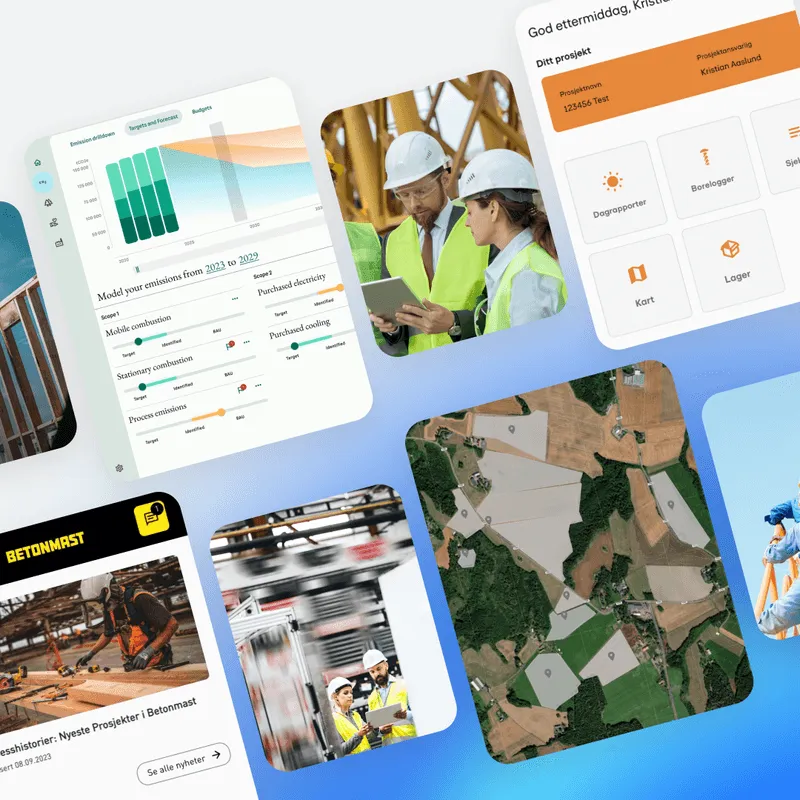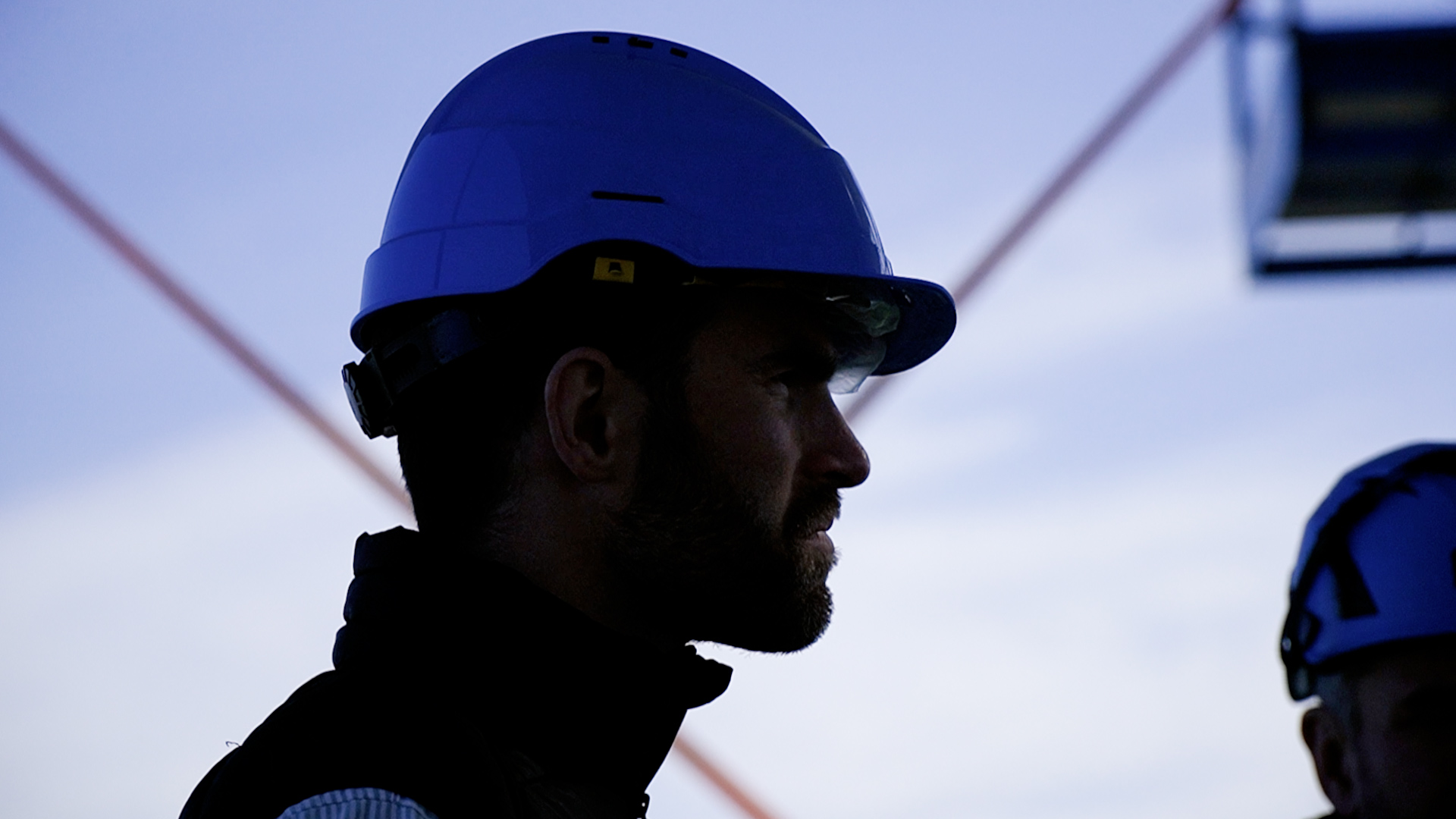
Preserving cultural heritage with modern software
The Swedish National Museum in Stockholm houses one of Scandinavia’s most significant art collections. Behind the scenes, conservators work to protect these works from the effects of time, light, and climate. The museum needed a modern and reliable way to monitor the microclimates surrounding each object.
Challenge
The Swedish National Museum houses artwork spanning from fragile portrait miniatures on ivory, textiles, sculptures and large-scale paintings. They have more than 15,000 square metres of exhibition space and extreme seasonal fluctuations in temperature and humidity. Although the museum underwent major renovations in recent years, it remains a historic building with several areas exposed to outdoor climate conditions. Inside the entrance alone, relative humidity can drop as low as 18% in winter and rise to 70% in summer.
For fragile objects such as portrait miniatures on parchment or ivory, or textiles made of silk, these changes accelerate wear and increase the need for conservation treatment.
The museum’s conservators face several long-standing challenges:
- Large seasonal climate swings that affect the stability of sensitive objects.
- Complex spaces with daylight exposure, making it difficult to understand cumulative lux levels and long-term stress.
- Fragmented data, gathered manually from different systems and reports.
- Resource-intensive routines, where conservators extract and compile climate data themselves.
- Long-term stewardship, where treatments are expected to last at least 50 years, requiring precise understanding of environmental stress over time.
- Team transitions, with different conservators taking responsibility for collections as years pass.
The museum needed a scalable, easy-to-use system that could provide accurate climate insight, centralise data and support the balance between preservation and public access.
Solution
To strengthen this work, the museum selected Bev/Art and implemented their climate monitoring software “Custodian”, developed using Appfarm. The solution gives conservators real-time insight, better reporting, and a long-term foundation for preservation.
Bev/Art installed sensors across all five floors of the museum to continuously measure relative humidity, temperature and lux levels. These sensors feed data into Bev/art’s digital platform.
The system provides:
- Live climate data on mobile and desktop, giving conservators a clear view of microclimates around each object.
- Centralised reporting, enabling teams to generate reports quickly, choose relevant time frames and hand data over to future teams.
- Alert functionality, offering peace of mind by notifying staff when values exceed acceptable parameters.
- User friendly interface, designed to minimise noise and make daily work more efficient.
- Scalability across locations, supporting additional castles, buildings and storage sites managed by the museum.
For the conservators, the installation represents more than convenience. It strengthens their mission to reduce interventions, limit stress on objects and maintain the delicate balance between public access and long-term preservation.
Bev/Art’s development in Appfarm allows the platform to scale with the museum’s needs. According to the team, the solution has yet to encounter any technical bottlenecks and continues to support new requirements and integrations as Bev/Art expands across cultural heritage sites.
Results
By implementing Bev/Art’s climate monitoring solution, powered by Appfarm, the Swedish National Museum has strengthened its ability to protect one of Scandinavia’s most important collections. The platform gives conservators the clarity, efficiency and long-term insight they need to preserve fragile artworks while keeping them accessible to the public.
Reliable real-time climate insight
Conservators now have a full overview of temperature, humidity and light across all museum floors, allowing them to understand exactly what each object is experiencing.
Significant time savings
Reporting, data extraction and analysis are streamlined, freeing time for conservation work rather than manual compilation.
Better long-term decision making
The platform supports the conservation philosophy of reducing interventions and extending the lifespan of treatments.
Improved cross-team collaboration
Centralised data and structured reporting make it easier to transition responsibilities across teams and maintain continuity.
Enhanced ability to balance preservation and public access
With better insight into cumulative exposure, the museum can keep objects visible while ensuring they are displayed under safe conditions.
A scalable system for the future
Bev/art continues to expand their monitoring to additional buildings and heritage sites, supported by Appfarm’s flexibility and performance.
In Brief
Company
Bev/Art
Industry
Data management and visualization
Location
Oslo, Norway
Use Case
Outdoor climate conditions wear down precious art pieces and increase the need for conservation.
No-Code Solution
Custodian: SaaS for monitoring the surrounding environment of historical artefacts
Key Results
- Time savings
- Real-time climate insight
- Better long-term decision making
Developed by
Bev/Art
Learn from other industry leaders
Dive into in-depth examples of business applications developed by enterprises in different industries.
Discover how innovation leaders are achieving digitization without code, through real examples of applications custom-built to their specific needs.










